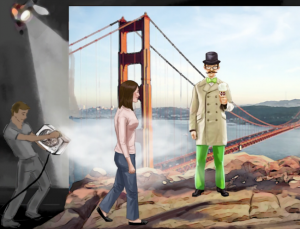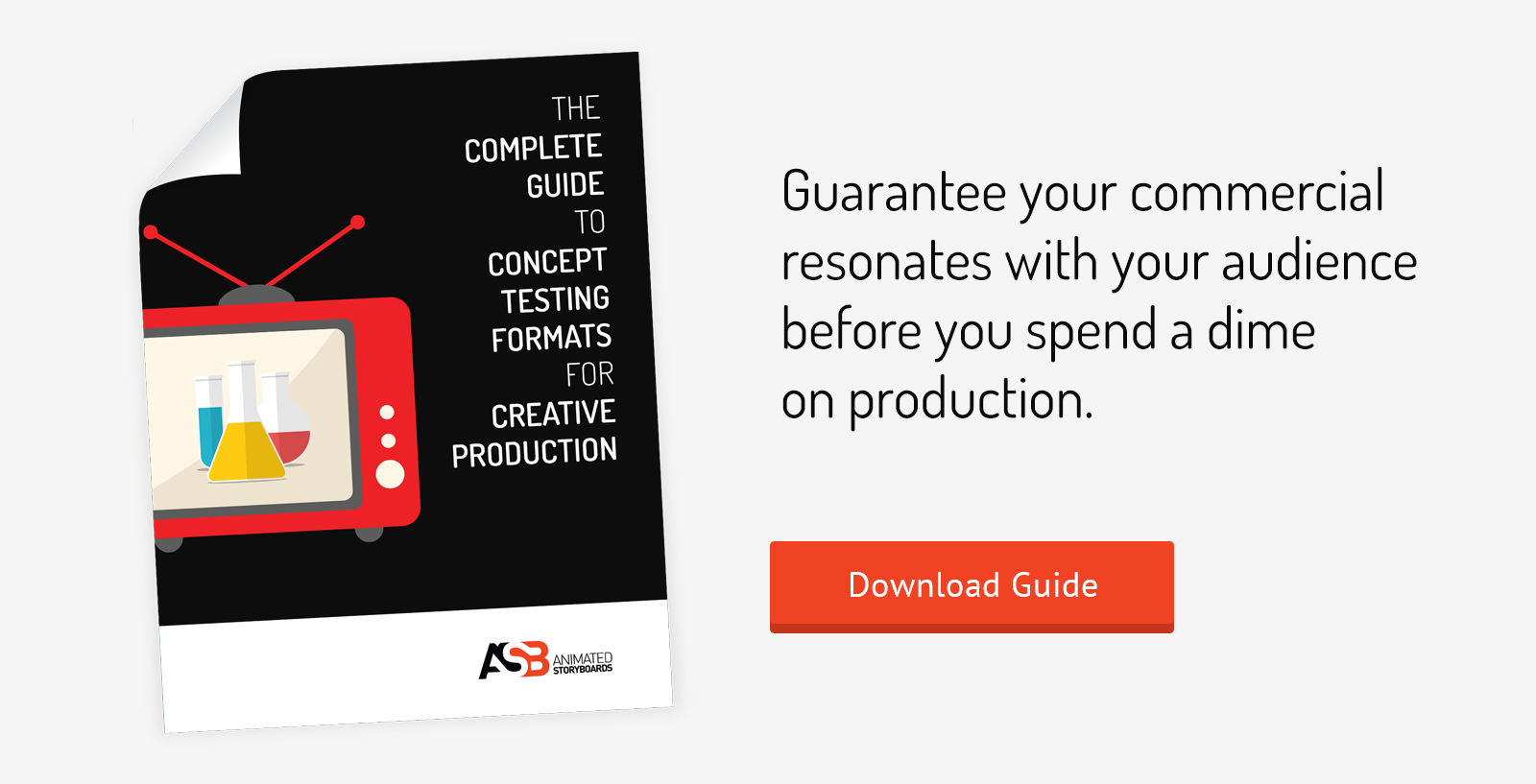 A successful boardomatic (or animatic, for that matter) is one the agency creatives feel properly conveys their idea. With that in mind, the most successful examples of boardomatics in testing are typically ones with simpler camera movements or concepts. Here are two examples of boardomatics and an explanation of what made each successful. Additionally, our roster of storyboard artists at ASB Art can give you a sense of different illustration styles to select from.
A successful boardomatic (or animatic, for that matter) is one the agency creatives feel properly conveys their idea. With that in mind, the most successful examples of boardomatics in testing are typically ones with simpler camera movements or concepts. Here are two examples of boardomatics and an explanation of what made each successful. Additionally, our roster of storyboard artists at ASB Art can give you a sense of different illustration styles to select from.
What makes a boardomatic “successful”?
Let’s first define a successful boardomatic. Our definition has two parts:
- The viewer is able to understand the concept.
- The concept stays with the viewer after they see the commercial and is something they are impacted by.
In general, if a boardomatic has these two characteristics, it will perform well in testing, which categorizes it as a success. Successful boardomatics generally have these characteristics:
- They have fewer angles and less camera movement.
- They are simple to execute.
- There’s no “big” action, like big crowds, explosions, or extensive motion.
- They have a minimal number of characters.
Examples Of Successful Boardomatics
1. Dreyers 2D Traditional Boardomatic
This spot worked well because it’s a slow reveal—it has a limited number of angles and camera movement, and when the camera does move, it’s steady. The creative is also understated; it’s funny, but the execution is on the simpler side.


2. Skittles 2D Traditional Boardomatic
As with the Dreyers spot, this boardomatic has no “big” action. There are just a couple of characters, there are no quick cuts, and the spot has steady movement. The creative is also simple in this spot, too.


Both of these spots perform so well as boardomatics in testing because if they were made into fullup commercials, the production execution would be somewhat similar to what we see in the boardomatic. There aren’t any complex camera movements or actions that we’re missing by only viewing a still. In both, the humor is derived from the creative, not the actions.
A better alternative?
While boardomatics can successfully convey some ideas, for many concept ideas, they just don’t offer enough detail and movement to show what the full-up will look like. The more advanced a commercial spot is, whether it is with multiple characters or complex movements, the less likely the concept can be easily interpreted by the viewer using only still frames.
If your idea has more than a few steady movements and one or two characters, then you may want to consider some other options—animatic production types like 3D cinematics, illustrated cinematics, hybrid cinematics, and HD live may offer you the features you need to prove your concept type and easily take that concept into pre-production. (You can learn more about some other options here.)
And, if you have any questions about whether or not a boardomatic is right for your idea, we’re happy to help you find the answer.

